Nicosia on the Pedieos River
Sightseeing in the southeastern European country of Cyprus

Cyprus is officially the Republic of Cyprus. It is an island country part of southeastern Europe. It is located south of the Anatolian Peninsula in the eastern Mediterranean Sea. Limassol or Lemesos is a city in Cyprus. The beaches are great and the harbor is a nice place for strolling. From 1291 Limassol was the center for the Templars and the Knights of St. John. It was here that King Richard the Lionheart married Berengaria of Navarre. Away from the old, modern Limassol has many apartment blocks and hotels and large cruise ships dock in its large marina. Nicosia is the largest city and capital of Cyprus.
Limassol

Cyprus Wine Museum is located west of the town and offers visitors a look into the history of Cypriot wine-making. Visitors have three tour options one including wine tasting after the winemaking exhibits have been viewed. In the museum, you can see medieval drinking vessels and jars and get information on all aspects of winemaking. There is also a short audio-visual presentation.

Limassol Promenade stretches along the beach. There are many cafes, restaurants, English pubs, boutiques, and souvenir shops. It is quite a popular place with tourists and locals who enjoy coming here to stroll after dinner. The public gardens are also found on the promenade.

Limassol Municipal Gardens have lovely flowers and tall palm trees making it a lovely oasis in the middle of the city. In the spring they host a flower show and in September the Limassol Festival.

The gardens are also home to the only zoo in Cyprus where you can see many exotic animals as well as the Cyprus mouflon. The Cyprus mouflon or Cyprian Wild Sheep is the largest animal in Cyprus.

Limassol District Archeological Museum not far from the Limassol Public Garden has an interesting collection of antiquities that were found in the Limassol area from the Neolithic Age to the Roman period. There is a very nice garden with a sundial, which was once owned by Lord Kitchener. In one room you can see Neolithic tools and pottery spanning from 3000 B.C. to A.D. 1300 from Amathus, Kourion, and Limassol. In one corner are six amphorae (a container characteristic of its shape and size) dating from 2,300 B.C. In the second room are figurines and jewelry from 1700 B.C., Roman coins, and early razor blades. Of interest is also a bronze bull. In the third room, there are statues of the Egyptian god Bes and Artemis that were found at Amathus and fragments of other statues representing other deities.

For lovers of sand, sea, and sun just east of the city is Dhassoudi Beach. This is a public beach under the supervision of the Cyprus Tourist Organization. You can find lots of sports facilities in the complex here as well as tennis courts and a swimming pool.
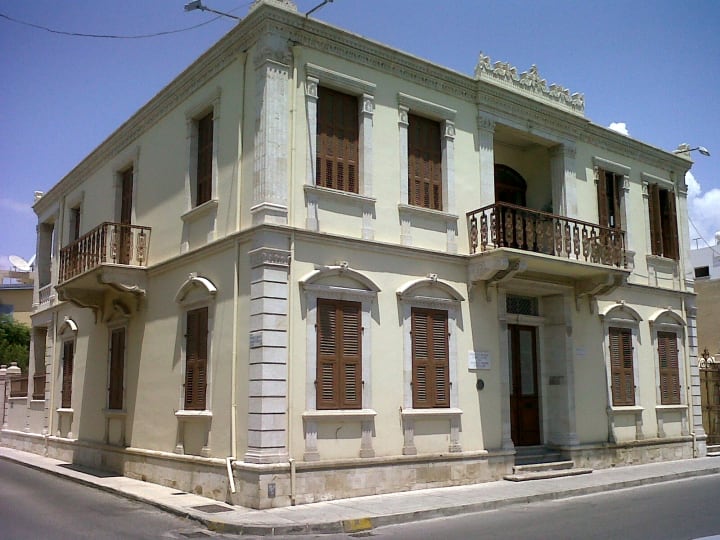
The Limassol Folk Art Museum displays a collection of national costumes, tapestry, and embroidery. It is right next to the municipal library.

One of the most well-known sites is Limassol Castle. It can be found at the western end of the promenade. The buildings which stand there were completed in the early 14th century. The earlier fortifications can be seen just inside the walls. This is the place where Richard the Lionheart married Berengaria of Navarre. Unfortunately, the chapel where the ceremony took place is no longer standing. When the Turks took over the castle in 1570 they used it as a jail. Under British rule, it was the headquarters for British forces. It is now open to visitors. There are steps leading up to the entrance and to the right is the great hall from where you can go up to the castle walls and get some great views of the city below. The castle is now home to the District Museum.
Cyprus Medieval Museum in Limassol Castle
The museum is located near the old port of Limassol. It was built in the 14th century on the site of an earlier Byzantine castle. In the basement are photographs of Byzantine churches in Cyprus and replicas of sculptures from Santa Sophia Cathedral in occupied Nicosia. On the upper floors, exhibits are found in small rooms off of the central hallway. On the ground floor, you can see coats of arms, wall paintings, and tombstones, especially from Nicosia and the church of Pyrga. On the second floor are weaponry displays and a full suit of armor. There are also displays of jewelry, pottery, and some stone gargoyles. The stairs to the next floor lead to the battlements from which you can get spectacular views and for more birds-eye views you can continue up to a small raised square right at the top of the castle.
Nicosia

The largest city and capital of Cyprus Nicosia is located near the center of the Mesaoria Plain and sits on the banks of the Pedieos River. It is a main business center. There are many interesting things to do and see here including ancient walls and great museums. Officially the city is known as Lefkosia. It counts as the “last divided capital” since Northern Nicosia is governed by the Nicosia Turkish Municipality.

Found in the New City AG Leventis Gallery is an art museum that opened its doors in 2014. Here you can see displays of European paintings and sculptures from the 16th to the 20th centuries. This museum is divided into three sections – the Paris Collection features the artworks of Chagall, Monet, and Renoir, the Greek Collection has the artworks of Greek artists from the 19th and 20th centuries and the Cyprus Collection highlights a 17-meter painting titled “The World of Cyprus” painted by renowned Cypriot artist, Adamantios Diamantis. All of the artwork on display comes from the private collection of the late Anastasios G. Leventis, who was a wealthy Cypriot businessman and philanthropist. Artwork also comes from the AG Leventis Foundation.

The Cyprus Museum is located opposite the Municipal Gardens and is home to the best collection of archaeological finds in Cyprus. There is an interesting display of terracotta votive statues and figurines that were found in Northern Cyprus in 1929. These 2000 figures date back to the 7th and 6th centuries B.C. Other highlights include a collection of three limestone lions and two sphinxes that were found in the Tamassos necropolis south of Nicosia. You can also delight in the famous Aphrodite of Soli statue and a huge bronze statue of Emperor Septimus Severus as well as the lovely mosaics Leda &Swans and displays of golden objects.

Of interest are the Venetian Walls that create a border around the Old City. They date back to 1567. The circular defense wall was built by Venetian rulers to keep back Ottoman invaders. These walls and the moat around Nicosia are in great condition. They are used to provide parking spaces and venues for outdoor concerts. People also enjoy coming here for leisurely walks.

You can get a great view of the city from Shacolas Tower Observatory. Here you can observe Nicosia through telescopes and get great views of the mountains in the distance.

The Liberty Monument is located near the mosque on the Podocataro Bation. It represents the Greek Cypriots’ liberation from British colonial powers. It includes the figures of 14 EOKA, National Organization for the Cypriot Struggle fighters being released from prison in 1959, alongside peasants and priests that represent the various strata of Greek Cypriot society.

The largest collection of folk art and ethnography can be found at the Ethnographic Museum. The collection is housed in a building that dates back to the 15th century with some additions made through the years. Here you can see displays of embroidery, lace, costumes, pottery, metalwork, basketry, folk painting, engraved gourds, leatherwork, and woodcarving.

Visitors enjoy viewing Famagusta, the easternmost gate. This is the best-preserved of the three original gates that once led into the Old City of Nicosia. There is a most impressive wooden door and a sloping façade that opens out into a tunnel leading through the rampart wall. There is a small open-air arena where summer concerts are held.

For relaxing and casual strolling in nature visit the Municipal Gardens located right in the center of the Old City. Here you will find ponds, lots of shady trees, and places to sit and relax. There is also a large children’s playground.
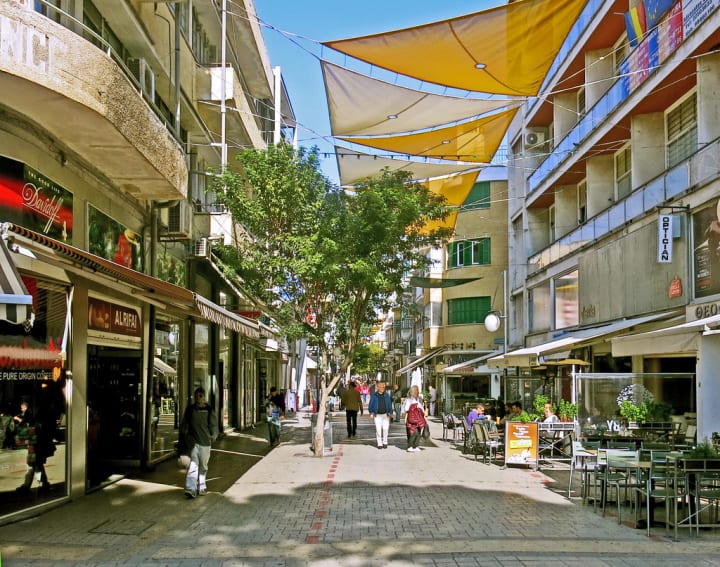
Ledra Street is the main street in Nicosia and stretches through the Old Town. It goes along shops, cafes, and restaurants leading up to the Ledra Street Green Line crossing point into North Nicosia where a passport is required.

Branching off of Ledra Street are twisting alleyways. Of interest, is the House of Hatzigeorgakis Kornesios with impressive Ottoman architecture.
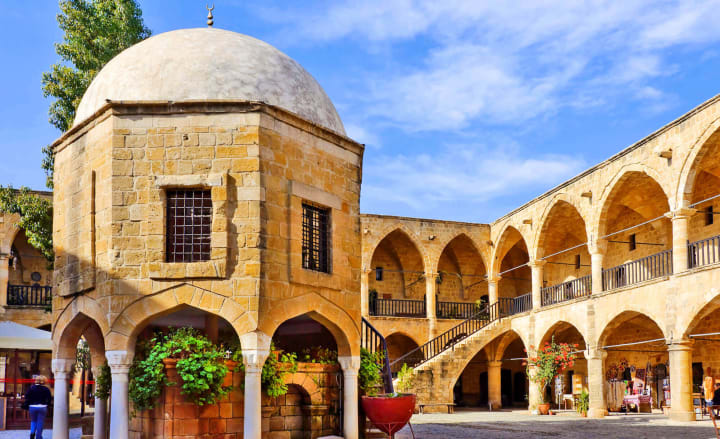
Buyuk Han, a caravanserai (roadside inn), was constructed in 1572. It was used as an accommodation and storage place for merchants passing through town. There were stables for horses or camels and recreation facilities like hammams (Turkish baths) and restaurants. This is one of the city's finest historic buildings. The former sleeping quarters have a variety of shops, cafes, and local artisan ateliers. It is located in North Nicosia, not far from Ledra Street pedestrian green line crossing.
About the Creator
Rasma Raisters
My passions are writing and creating poetry. I write for several sites online and have four themed blogs on Wordpress. Please follow me on Twitter.


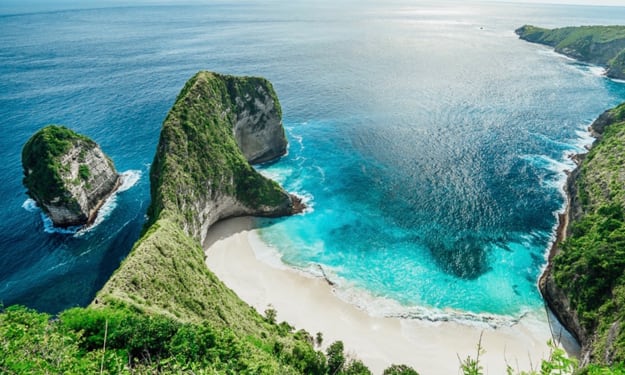


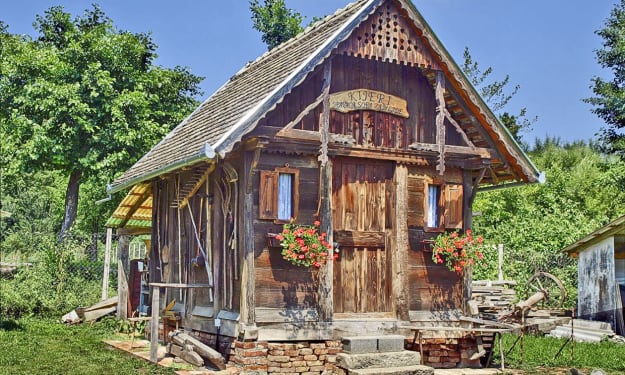
Comments
There are no comments for this story
Be the first to respond and start the conversation.